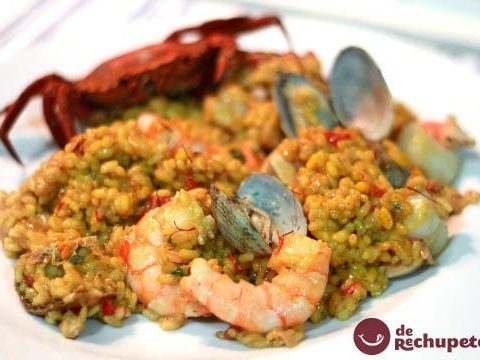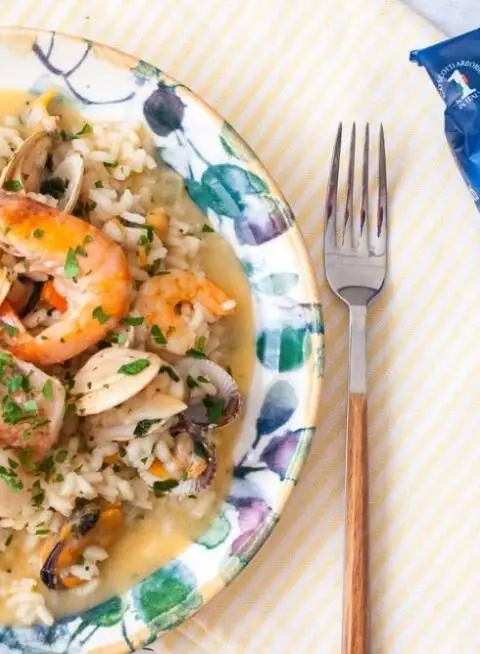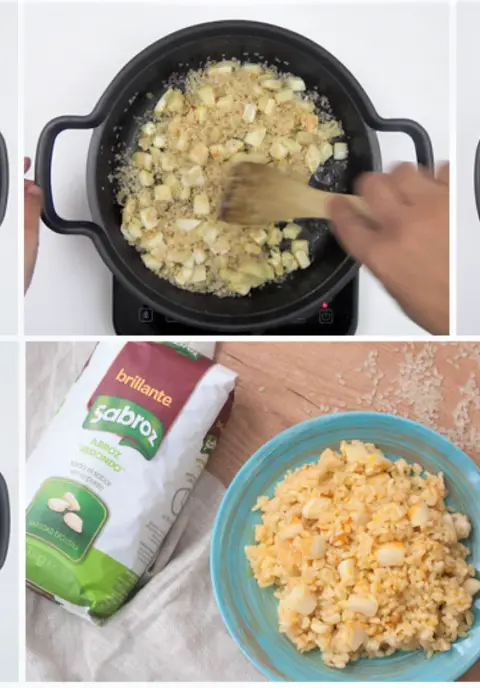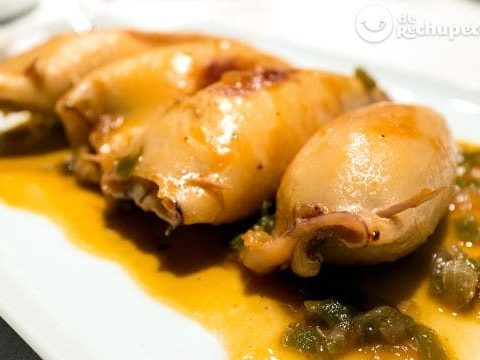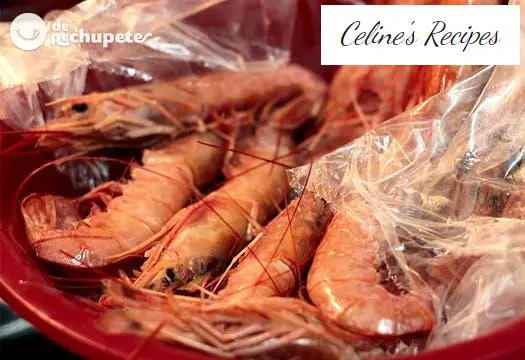
Info.
- Easy
- 40 minutes
- For 6 people
- 2.5 € / person
In this blog you can find a lot of recipes in which I use one of the most common seafood at home, prawns . The truth is that I usually make the most of it to get the best out of this ingredient. Logically its strongest point is the body of the prawn, carabinero, prawn or prawn (because you can use the tricks that I present today for any of the four species). But of course the heads and the casing or tail should not be thrown away, with them we can prepare a delicious soup, a good seafood fumet or an oil to lick your fingers .
Prawns (Penaeus kerathurus) are related to the prawn and shrimp family. They are pink crustaceans with brownish streaks and a semi-hard shell, their normal length is between 12 and 15 cm., Although they can reach 25 cm (normally females) and they are usually found in almost all the seas of the wide world. We have a lot of varieties and in your markets and supermarkets the most common is usually the common shrimp that lives near the Mediterranean and Atlantic coasts. Its meat is highly appreciated, consistent, fine and tasty. Perfect for the two preparations that I present today, I hope you like it.
Before cooking, preparing the prawns or prawns
- For this recipe you can choose prawns or prawns, the preparation is valid for both types of seafood, choose depending on the recipe. I like prawns more and I recommend that they be fresh, for less than 10 euros you can find half a kilo without problem, although frozen ones are quite cheap. If you opt for frozen ones, let them thaw well the day before in the fridge so that they can be handled the next day.
- We peel them, remove the head and the shell that protects them. We start with the head that is the most flavorful, making a simple rotation we easily detach it, we reserve it to fry or cook and thus get a good fumet or seafood broth. Then, from the bottom of the belly, where the legs are, we remove with our hands the different rings or shell that cover the body along with the legs.
- Do not throw away the shells because they will also be used to make a great fish stock or fumet. We can remove the glue or leave it depending on whether we need it to decorate a plate or not. To remove it, pull the tail with one hand while pressing the body of the shrimp a little with the other (it is always the last part you should remove).
- Once the prawns are peeled, we must remove the intestine (a black thread that they have inside) that we must remove with the help of a toothpick or the tip of a knife. With the toothpick we prick the end of the intestine that is visible and pull it. It should come out whole, as if it were a thread, without the need to open the prawn, so that it does not lose juice and flavors during the preparation. It is thrown because it tastes bitter and can bring sand or the last thing the prawn ate.
- The “head” is the pereion, the “tail” is the pleon, the “hoof” is the telson and the “venita” is the intestine, technical names of the shrimp for what I have mentioned before.
- We dry and reserve the prawns for any recipe we have in mind. We will use the rest of the shrimp (head and tail) for the flavored oil and the shrimp fumet.
Preparation of the flavored oil of prawns or prawns
The leftover parts of cleaning seafood and fish are the essential elements to make a good flavored seafood oil . This preparation is the idea of a Japanese cook named Tetsuya who I tried for the first time at the home of a friend, Iñigo Aguirre, who prepares it with scampi. Simply impressive, although I have simplified it a lot as you prepare it on your blog, because I do not add vegetables, you can prepare the one you like the most.
- This oil is very intense, but very different from the flavor of a seafood broth because the aromatics that dissolve in the oil are different from the aromas that are diluted in water when preparing a fumet. This oil gets a very intense reddish color due to the effect of heat in a pigment that only dissolves in one fat (it is fat soluble). It can be made with prawns, prawns, carabineros or Norway lobsters.
- Add the sunflower oil to a wide saucepan, if possible, lower and poach the shellfish heads and tails over low heat until they change color completely and are toasted and practically dry. In my case I do not reach more than half an hour over medium-low heat (at 4 of my induction hob), Iñigo usually confit them for more than an hour, you can choose any of the two ways. Iñigo’s is undoubtedly much more professional, mine is to walk around the house with a successful end.
- We strain the liquid resulting from cooking with the oil, the heads and tails we reserve for the fumet. Let the oil rest with the liquids of the prawns in a glass jar, the result is spectacular to flavor and give an attractive color to a mayonnaise, to add it to a gazpacho, a soup, decorate the end of a plate of seafood or fish … although the best it is is with a bit of toast.
Preparation of the broth or fumet of prawns or prawns
- We are going to use the tails and heads roasted by the confit of the prawn oil, add everything to a large casserole and pour the hot water on the casings and heads, let the broth cook for half an hour and give it a crushed with the mixer .
- Strain with a fine strainer and remove possible remains of the broth, we want it to be clean without any remains of shells. With this we achieve a more substantial broth and also a more reddish color, with all the flavor of the sea to be used in a seafood soup, a rice or risotto, a reduction of a sauce or to be taken directly with some noodles. I assure you that the result is 10 points.
- As a final tip, I like to add a spicy touch to this broth, as well as salpimento (salt and white pepper) depending on what you are going to use it for. If it is the case of a stew I do not add anything, because I control the flavor in the subsequent cooking.
It is a perfect broth for many preparations that you can even freeze so that it does not spoil, but remember that you should not have it in the freezer for more than 3 months. I hope you liked this mini shrimp course.
Be sure to enjoy all the recipes for fish and seafood that we have on the blog, I assure you that you will find a lot of ideas to make yours much happier.

